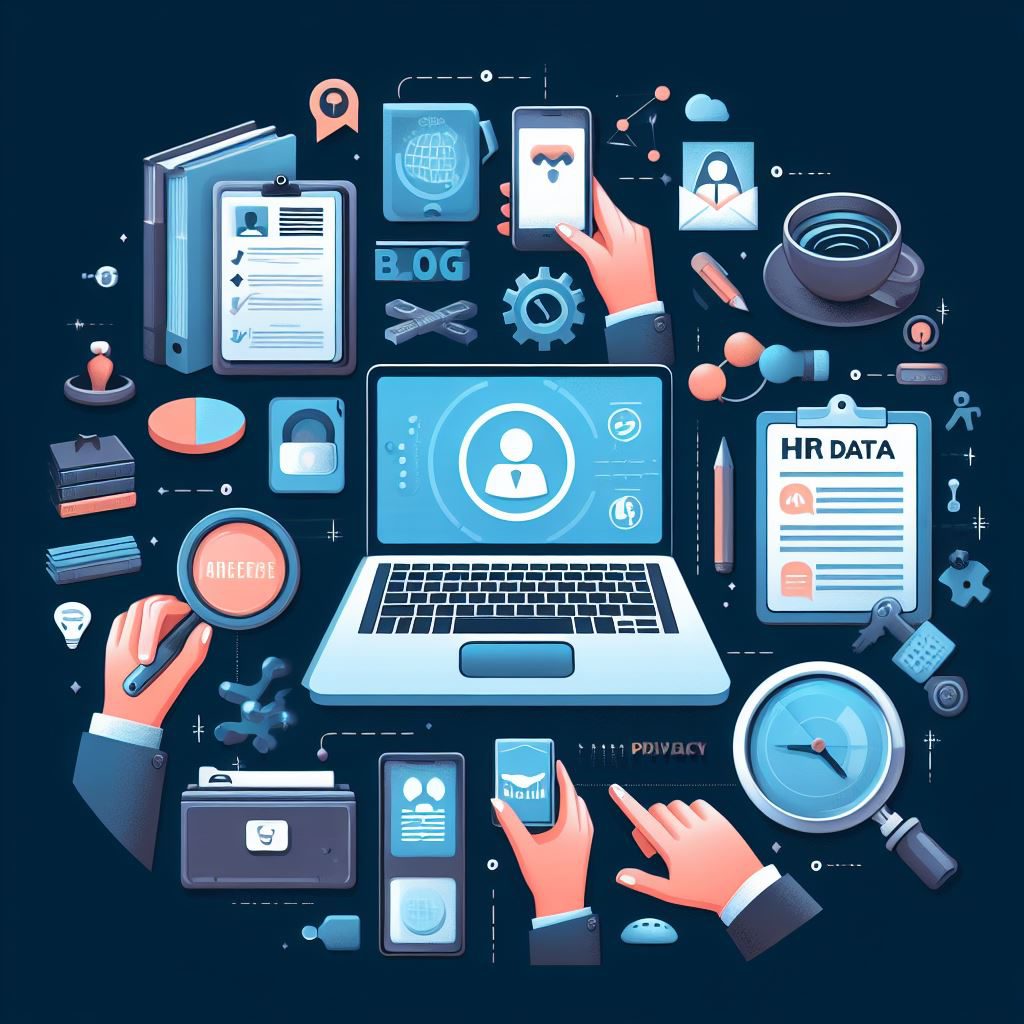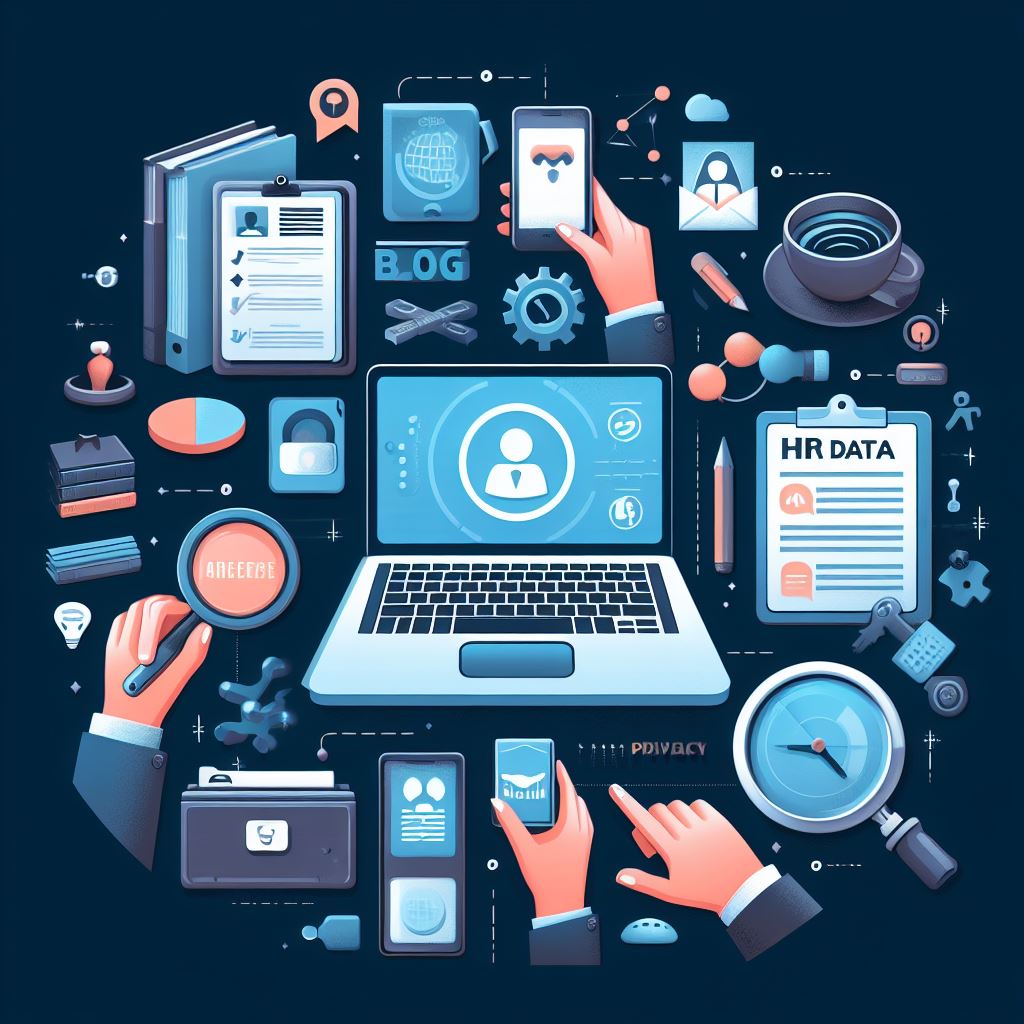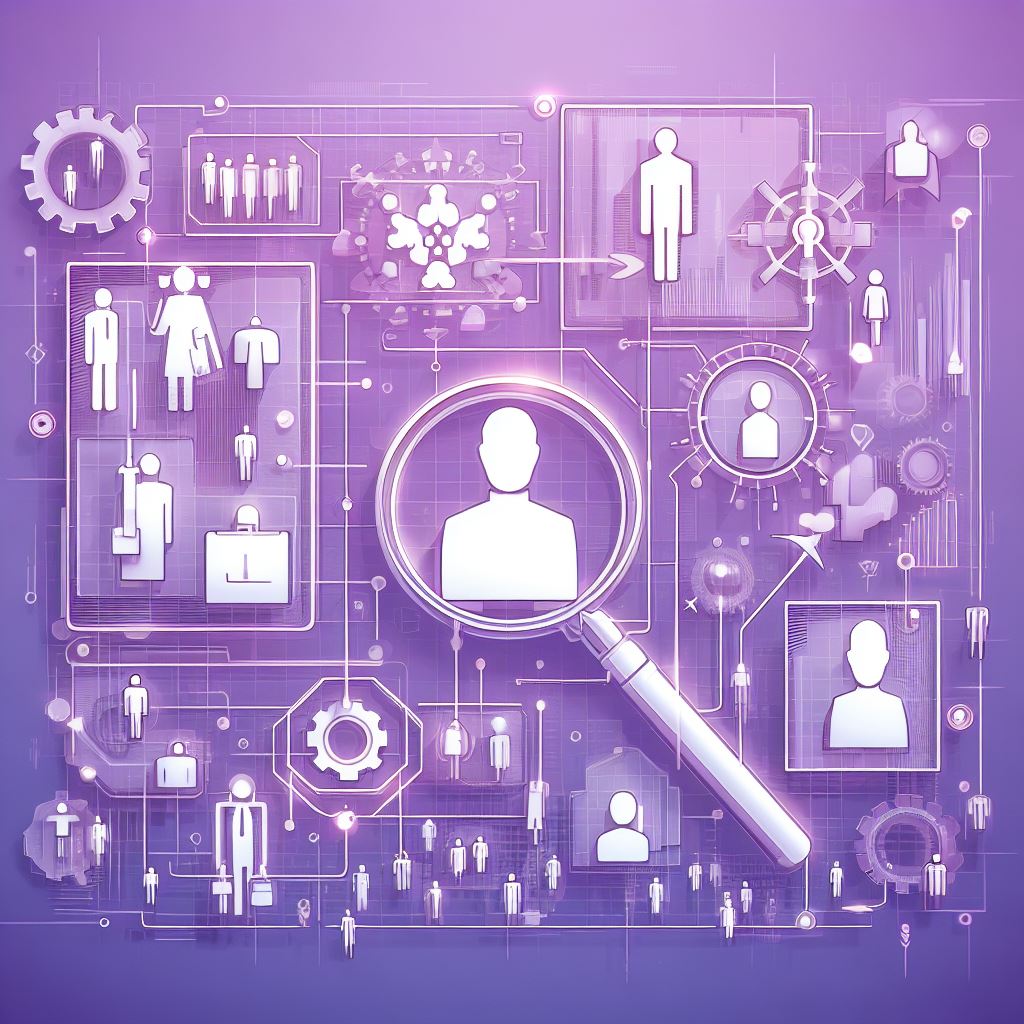Beyond Bytes: The Significance and Security of Diverse Data Types
In our increasingly digital age, data has become the new gold. It drives decisions, powers innovations, and, in many ways, defines our personal and professional identities. But not all data is created equal. Different types of data carry varying levels of sensitivity and importance, each demanding its unique protective measures. Let’s delve into the myriad categories of data that organizations and individuals should prioritize safeguarding.
1. Personal Identifiable Information (PII)
PII refers to any data that can be used to identify a specific individual. This includes obvious details like names, addresses, and social security numbers, but also extends to passport numbers, driver’s license details, and even biometric records. Given its sensitive nature, PII is often a prime target for malicious actors.
2. Financial Data
From credit card numbers to bank account details, financial data is a hotbed for cybercriminal activity. But it’s not just about individual finances. Companies’ financial statements, investment strategies, and shareholder details also fall under this umbrella, making its protection paramount.

3. Health and Medical Records
Medical records contain a wealth of sensitive information, from diagnosis and treatment details to insurance data. In the wrong hands, this information can be used for fraud, blackmail, or even discrimination.
4. Intellectual Property
For many organizations, intellectual property (IP) is their most valuable asset. This category includes patents, trade secrets, business strategies, and even proprietary software. Unauthorized access or leaks can lead to competitive disadvantages or significant financial losses.
5. Communication Data
This encompasses emails, instant messages, voice recordings, and any other form of communication. While the content might vary in sensitivity, unauthorized access can lead to information leaks, miscommunication, or even corporate espionage.
6. User-generated Content
In the age of social media and collaborative platforms, user-generated content, including posts, comments, reviews, and multimedia uploads, has become a significant data category. While not always sensitive, this data can be exploited for misinformation, defamation, or other malicious purposes.
7. Behavioral and Analytical Data
Every click, scroll, and interaction online generates data. For businesses, this behavioral data is invaluable for understanding user preferences and optimizing experiences. However, without proper protection, it can be misused for manipulative marketing, privacy invasion, or even identity theft.
8. Employment and HR Data
Beyond just PII, employment data includes performance reviews, salary details, and other HR-related information. This data is not only sensitive for employees but can also expose businesses to competitive risks if leaked.
Conclusion
In the vast ocean of digital data, understanding the different categories and their inherent vulnerabilities is the first step towards effective protection. As technology continues to evolve and integrate deeper into our lives, the onus is on both individuals and organizations to stay informed and proactive in guarding their digital treasures.









